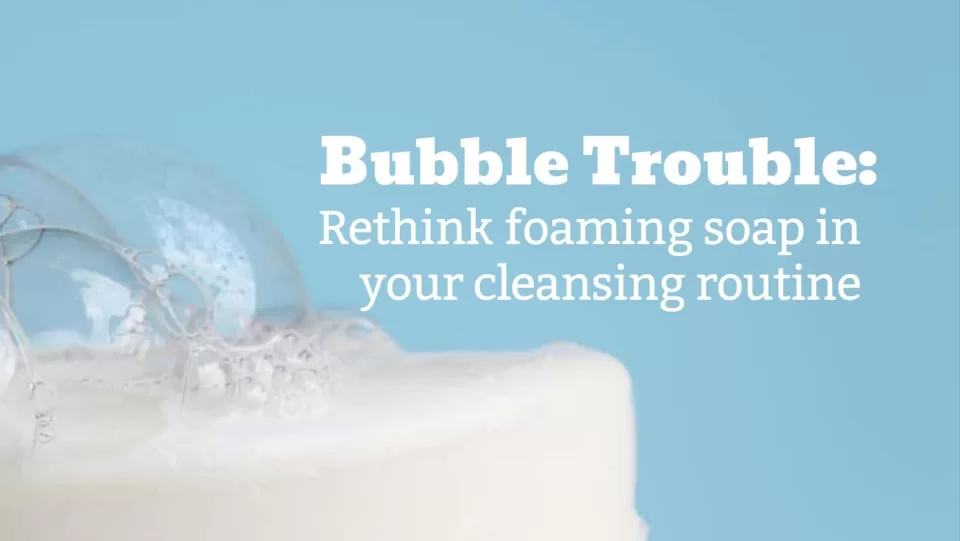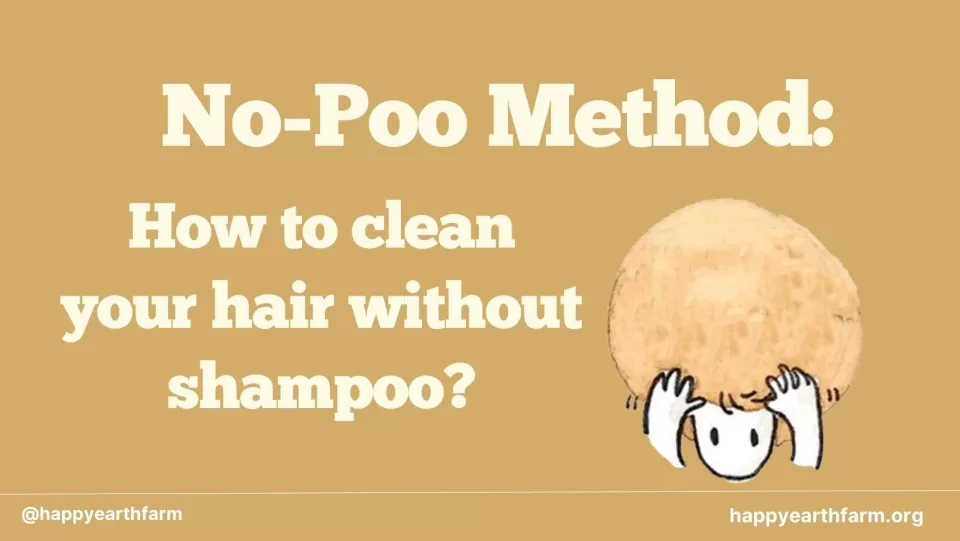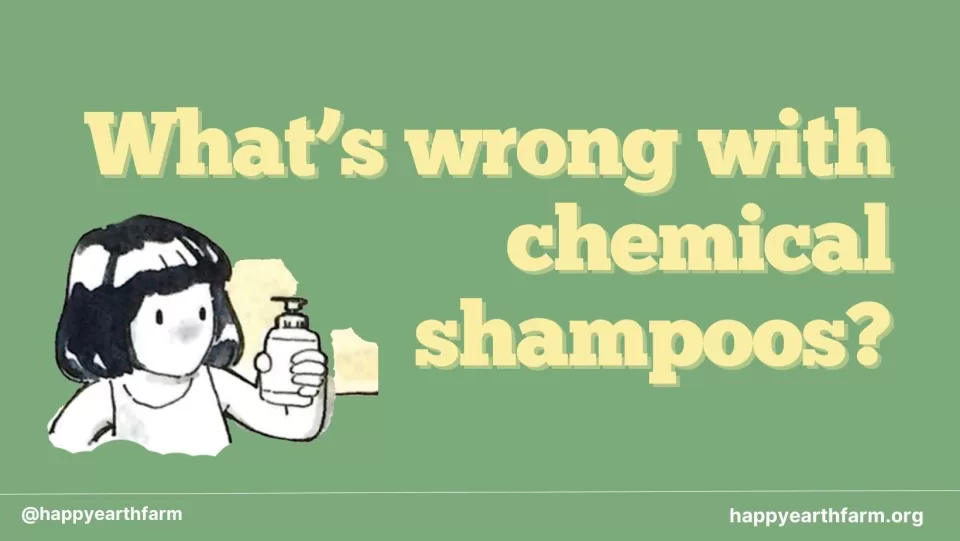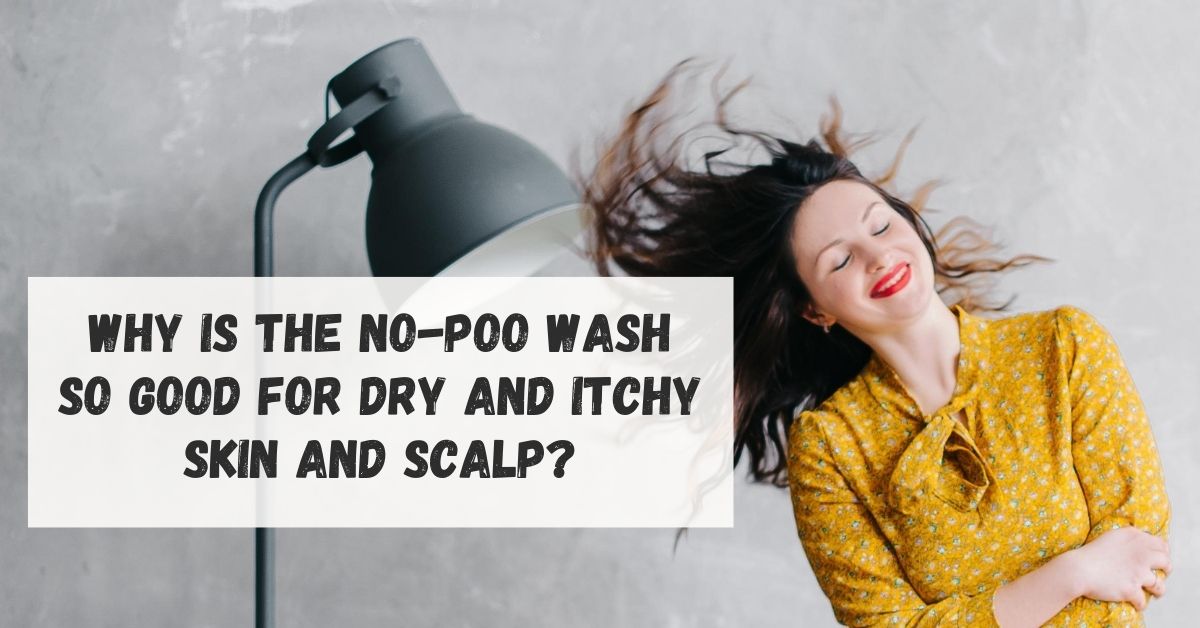
Why is the No-Poo Wash So Good for Dry and Itchy Skin and Scalp?
February 4, 2021
When our farm is on fire
February 22, 2021pH Level & Skin / Scalp Issues?
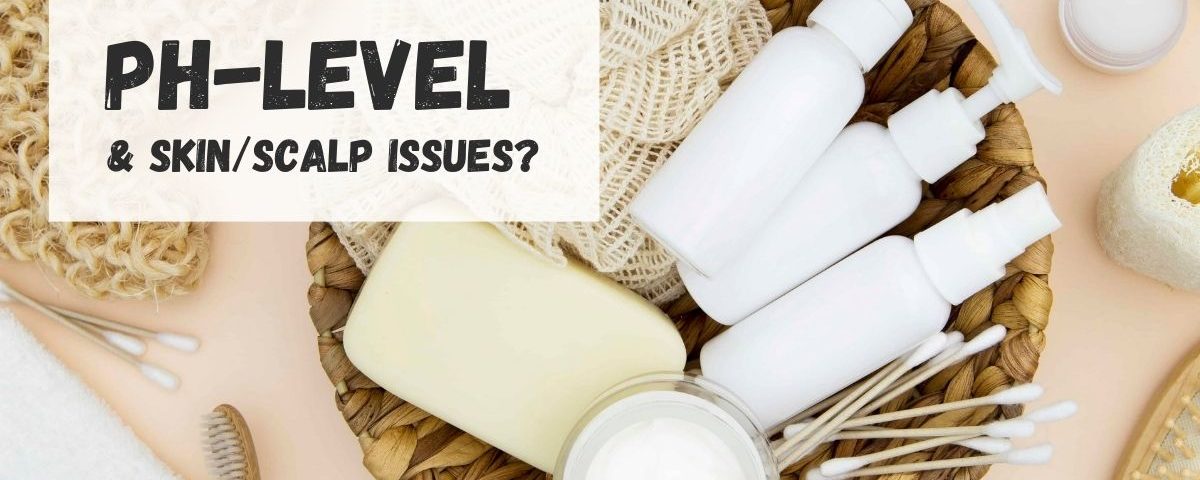
Do you remember experimenting with the litmus paper as a student? The paper changes color when you dip it into a liquid solution. Then, you have to compare it side by side with a pH scale to see if it’s alkaline or acidic. This is exactly what we will be talking about today.
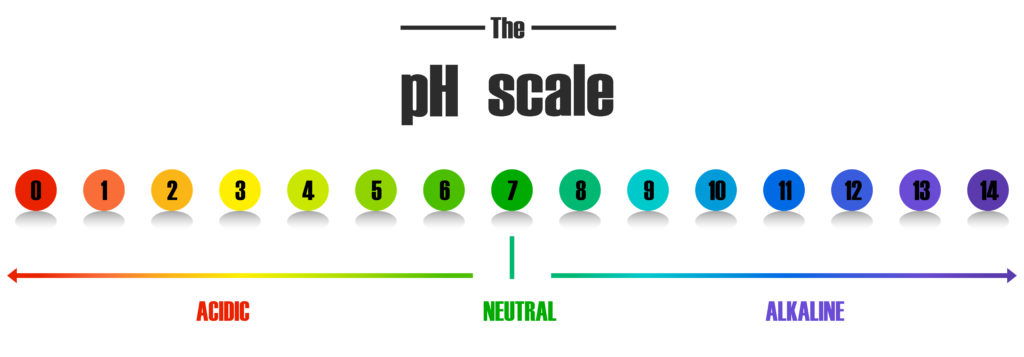
PH Balanced
pH is a measurement of how acidic or alkaline (basic) a substance is. The scale runs from 0 to 14 with 7 being neutral. A pH of less than 7 is acidic, and a pH of more than 7 is basic.
When we talk about pH balance, we talk about the optimal pH level required for each organ to function best. For example, the pH balance of our skin and scalp is 5.5 which is acidic. Meanwhile, our hair’s pH is around 3.5. When we hear different products claim to rebalance the pH on the skin, do you know what it actually means?
The pH level of your hair and skin & acidic mantle
To maintain a pH of 5.5, our skin and scalp secrete natural sebum which creates an acid mantle, the protective film of natural oils, amino acids, and sweat that covers your skin. This helps maintain the skin’s pH, seal in moisture, and keep skin tight and firm. Too much scrubbing or neutralizing it with alkaline washes can cause issues: inflammation, allergies, breakouts.
pH level and the probiotics on the skin and scalp
Another important role this acid mantle plays in our health is providing a home for different microbes. Microbes, including probiotics, are good bacteria that grow in an acidic environment. They offer the first line of body defense mechanism to fight off harmful pathogens. It also prevents us from itchiness, dandruff, or ringworm due to fungal infection or bacterial overgrowth.
If our skin and scalp’s pH level is off-balance, our immunity becomes compromised. As a result, we become more prone to all kinds of infection and inflammation.
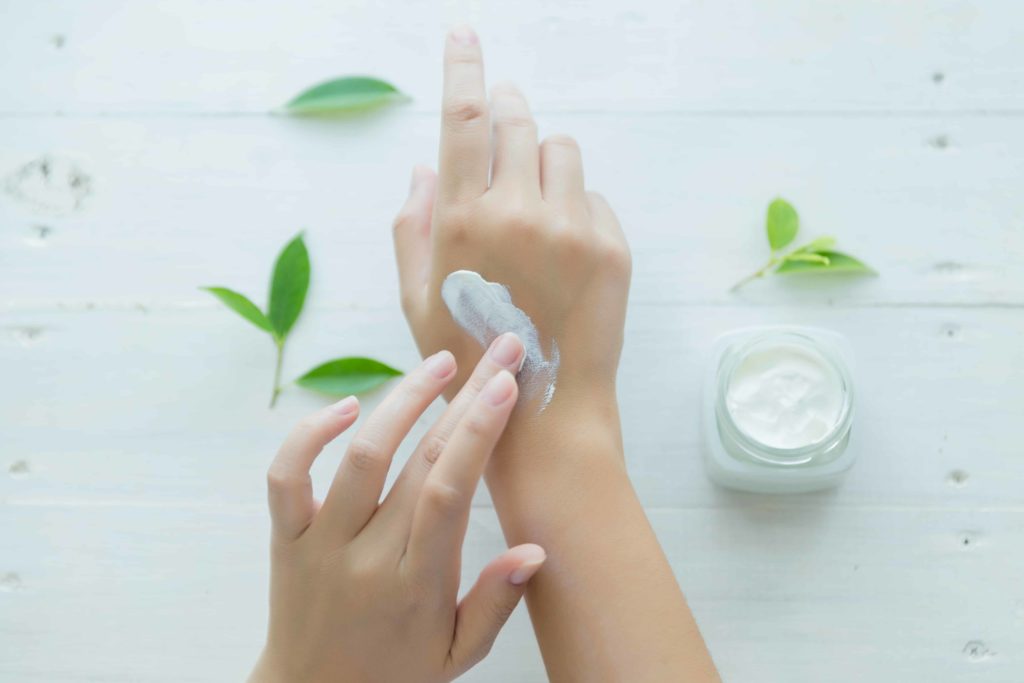
What is the pH balance of the usual hair and body cleansing products in the market?
According to one study* on the shampoo market, researchers found that 80% of the shampoos in the market have a pH level over 7. This means most shampoos can throw off the skin and scalp pH balance.
Now, you may wonder how you can tell if the products you are using are acidic or alkaline without a litmus paper? Because unfortunately, this is something most companies don’t put on their labels. However, you can tell a product’s pH based on its ingredients.
Most shampoos in the market contain surfactants, which get rid of the oiliness on hair and scalp, so you can wash off the dirt more easily. It typically accounts for 10-20% of shampoo content and can influence a shampoo’s pH level. Let’s take a quick look at the pH level of some common surfactants found in your shampoo bottles.
- SLS/SlES:a pH of 7-9.5
- SLSA Sodium Lauryl Sulfoacetate 6.9-7-1
- Sodium Cocoyl Glycinate: 7-9 (coconut oil derived)
- Sodium Coco-Sulfate: 7.5-10.5 (coconut oil derived)
- Sodium Cocoyl Glutamate 8-9 (coconut oil, palm kernel oil, and fermented sugar derived)
- Decyl Glucoside 11.5-12.5 (corn and coconut oil derived)
- Lauryl Glucoside 11.5 – 12.5. (palm kernel oil, corn sugar, or coconut derived)
- Sodium hydroxide lye: 14 (bar soap)
- Potassium Hydroxide: 10-12 (bar soap)
One thing to note is that all these surfactants have a pH level above 7 and are alkaline. With these alkaline surfactants, it is understandable why most shampoos come with pH levels higher than that of our natural skin. While cleansing our hair and body, they also disrupt the acid mantle function causing irritations to our skin and scalp.
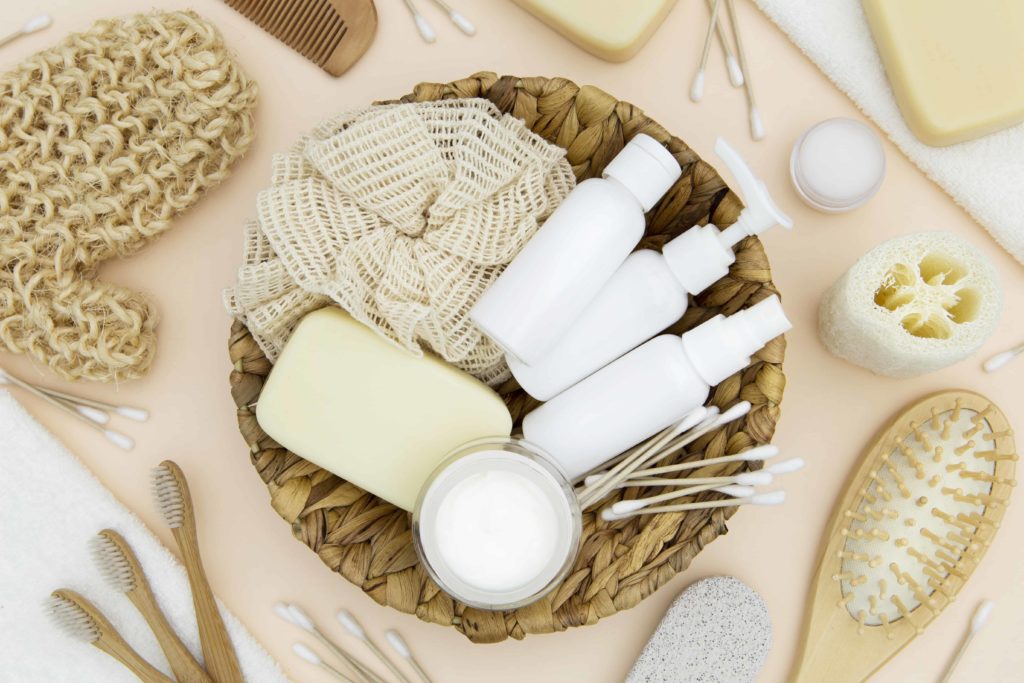
Restoring your skin and scalp’s natural pH balance
If you are dealing with sensitive, dry and itchy skin, your acid mantle may have been destroyed. In which case, we recommend avoiding commercial soaps, body washes, or shampoos. They can dry out your skin and can cause further irritations and infections. Issues we have heard from our clients include dandruff, itchy skin, allergies, or even fungal infections and ringworms.
You can try soap-free hair and body cleanser alternatives:
- Our No-Poo Head-to-Toe Wash is a good start. With a pH balance of 5.5, it does not destroy the natural acid mantle nor remove the natural sebum on the body. A lot of our customers said that right after a shower, they no longer feel dry on their skin, hair or scalp.
- You can also apply natural ingredients such as mung bean powder instead of soap. Mung bean is part of Ayurvedic traditions of cleansing the hair and body. It exfoliates the skin and gets rid of dead cells. The powdery texture of the scrub can help absorb excess oil, giving you a clean, pleasant, and smooth feeling after a wash.
- Another method you can try is washing your body with only room temperature water and nothing else. If you could wash with cold water, that would be even better as it wakes you up as well. Stay away from hot or warm showers as they dry up your skin.
These alternatives take time to get used to, mostly because of the lack of surfactants. Hence you won’t feel squeaky clean.
But if you trust Mother Nature and feel that this is what she intends for you, it can be a life-changing experience. As your skin and scalp health is restored, you are also helping Mother Earth by not polluting her with chemical residues.
We always tell people that we have two homes that we need to take care of: one is our body, another one is Mother Earth. And when we truly take care of our body, we are also taking care of Mother Earth at the same time.
Sources:
Gavazzoni Dias, M., De Almeida, A., Cecato, P., Adriano, A., & Pichler, J. (2014, July). The shampoo pH can affect the hair: Myth or reality? from https://www.ncbi.nlm.nih.gov/pmc/articles/PMC4158629/
Yang, J. (2017, March 10). Haircare Cosmetics. Retrieved February 03, 2021, from https://www.sciencedirect.com/science/article/pii/B9780128020050000367
How to Avoid SLS in your beauty products (and what to use INSTEAD!). (2020, April 14). https://www.schoolofnaturalskincare.com/how-to-avoid-sls-in-beauty-products/#:~:text=Some%20safer%20alternatives%20you%20can,Decyl%20glucoside%2C%20and%20Lauryl%20glucoside.
L. Rhein, 2007, C.3 – Surfactant Action on Skin and Hair: Cleansing and Skin Reactivity Mechanisms, from https://www.researchgate.net/publication/286635962_Surfactant_Action_on_Skin_and_Hair_Cleansing_and_Skin_Reactivity_Mechanisms
“Surfactants.” Humblebee & Me, 24 Aug. 2020, www.humblebeeandme.com/surfactants/.


